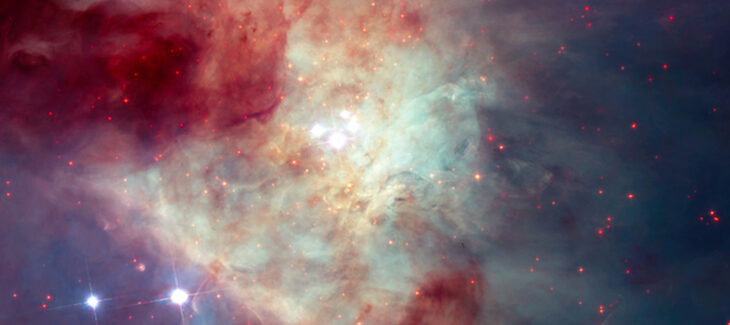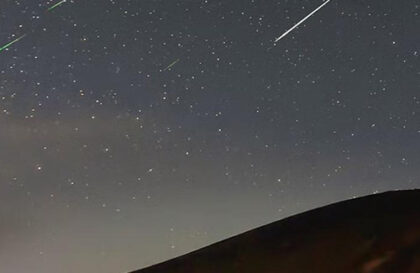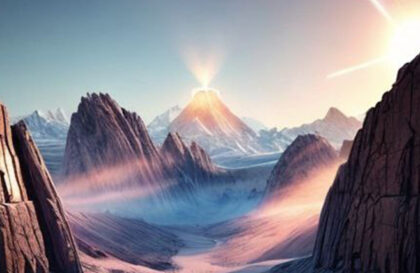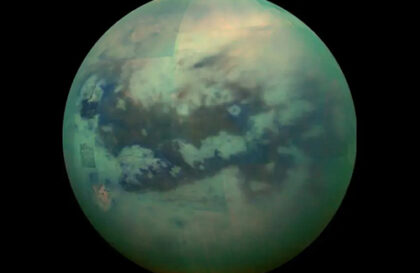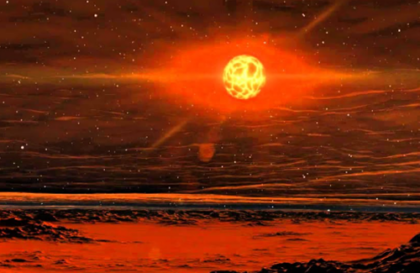One of the most intriguing discoveries made by JWST in the Orion Nebula is the presence of rogue planets, which are Jupiter-sized planets that are not associated with any star. These planet-like objects appear to move in pairs and have been called Jupiter-mass doubles. In total, 40 pairs of such objects were observed, which led to the astonishment of astronomers regarding the possible occurrence of such a phenomenon.
The free-floating planets previously discovered in the Orion Nebula have always been the object of fascination, but the JuMBOs amaze astronomers with their parity. An open question that worries researchers is whether JuMBOs (and other free-floating planets) formed directly from the gas of the Orion Nebula as failed stars or were stolen from planetary systems by the gravity of a passing variable star that ripped them from their orbits.
The James Webb Space Telescope (JWST) is an American orbiting infrared space telescope designed for a wide range of observations in astronomy. Launched on Christmas Day 2021, the telescope took six months to transmit the first images to Earth. JWST’s advanced infrared capabilities have enabled it to capture stunning images of celestial objects such as the Tarantula Nebula and make ground-breaking discoveries such as the detection of carbon dioxide in the atmosphere of an extrasolar planet.
One of the most notable differences between JWST and the Hubble Space Telescope is the former’s enhanced infrared capabilities. This allows JWST to obtain sharper and more detailed images of celestial objects, such as the inner region of the Orion Nebula. The stellar manger of the Orion Nebula is covered by a large amount of stardust, which prevents the visibility of its contents. However, JWST’s infrared capabilities allow it to penetrate this dust and provide unprecedented views of the nebula’s inner region.
On the left, Webb’s shortwave NIRCam image shows the nebula, its stars, and many other objects in unprecedented high resolution in the near-infrared. Many young stars are surrounded by dense disks of gas and dust from which planets can form. In other cases, these disks are destroyed by intense ultraviolet radiation and strong winds from the region’s most massive stars. Many of these photoevaporative disks can be seen if you zoom in on the image.
On the right, Webb’s long-wave NIRCam image shows gas, dust, and molecules with unprecedented sensitivity in the infrared but with lower spatial resolution than the short-wave image. Ionized gas is shown here in purple, the environment is a mixture of dust and molecular gas, shown in red, brown, and green. The bright bay in the upper left corner is being destroyed by massive stars, and many columns of gas and dust have formed here. Credit: NASA, ESA, CSA / Science leads and image processing: M. McCaughrean, S. Pearson, CC BY-SA 3.0 IGO
The James Webb Space Telescope captured two breathtaking wide-angle mosaics of the Orion Grand Nebula, a vast star-forming region belonging to one of the closest star nurseries to the Solar System, located about 1,344 light-years away.These impressive mosaics, consisting of more than 3,000 individual images, have also been included in the European Space Agency’s ESASky program, which offers an interactive sky map with a user-friendly interface for viewing the exciting images from the James Webb Space Telescope (JWST) and the Hubble Space Telescope.
The Orion Nebula is radiant, with an enormous number of stars being born inside billowing clouds of molecular gas. This nebula is known to contain about 2,800 young stars, as well as numerous stellar embryos that reside in the region’s dense veils of gas and dust. JWST’s near-infrared camera, known as NIRCam, was able to penetrate much of this gas and dust, revealing protostellar disks, accreting star streams, and floating planets JuMBO.
The new mosaics are divided into two spectra: long and short waves. The NIRCam channel, which covers the infrared wavelength range from 0.6 to 2.3 μm, closest to the visible red end of the spectrum, has the highest angular resolution available to JWST. The short-wavelength mosaic reveals all the fine details of star formation processes in the nebula.
Banner image: NASA, ESA/Hubble
Image credit:
https://sci.esa.int
https://www.esa.int
